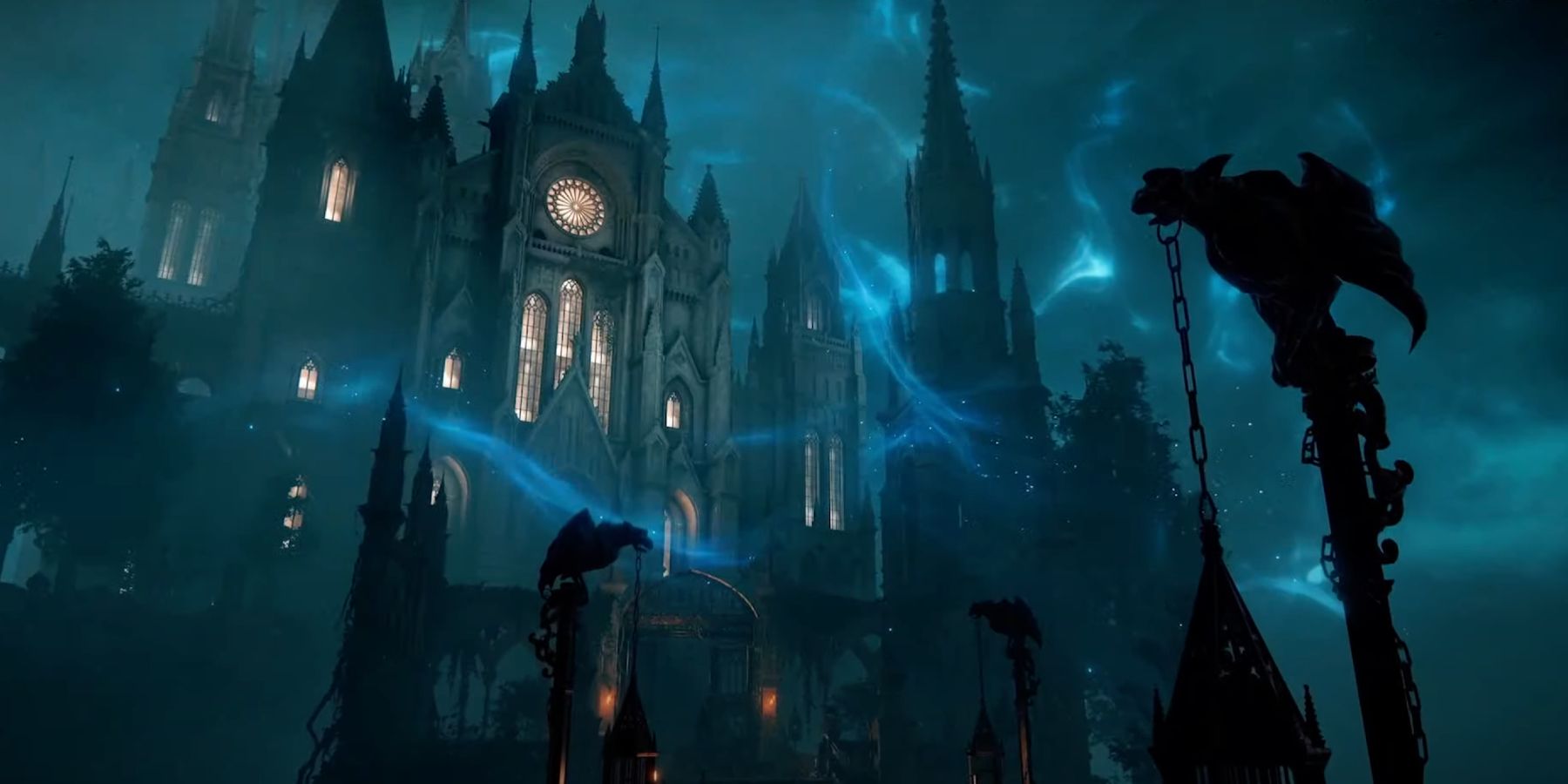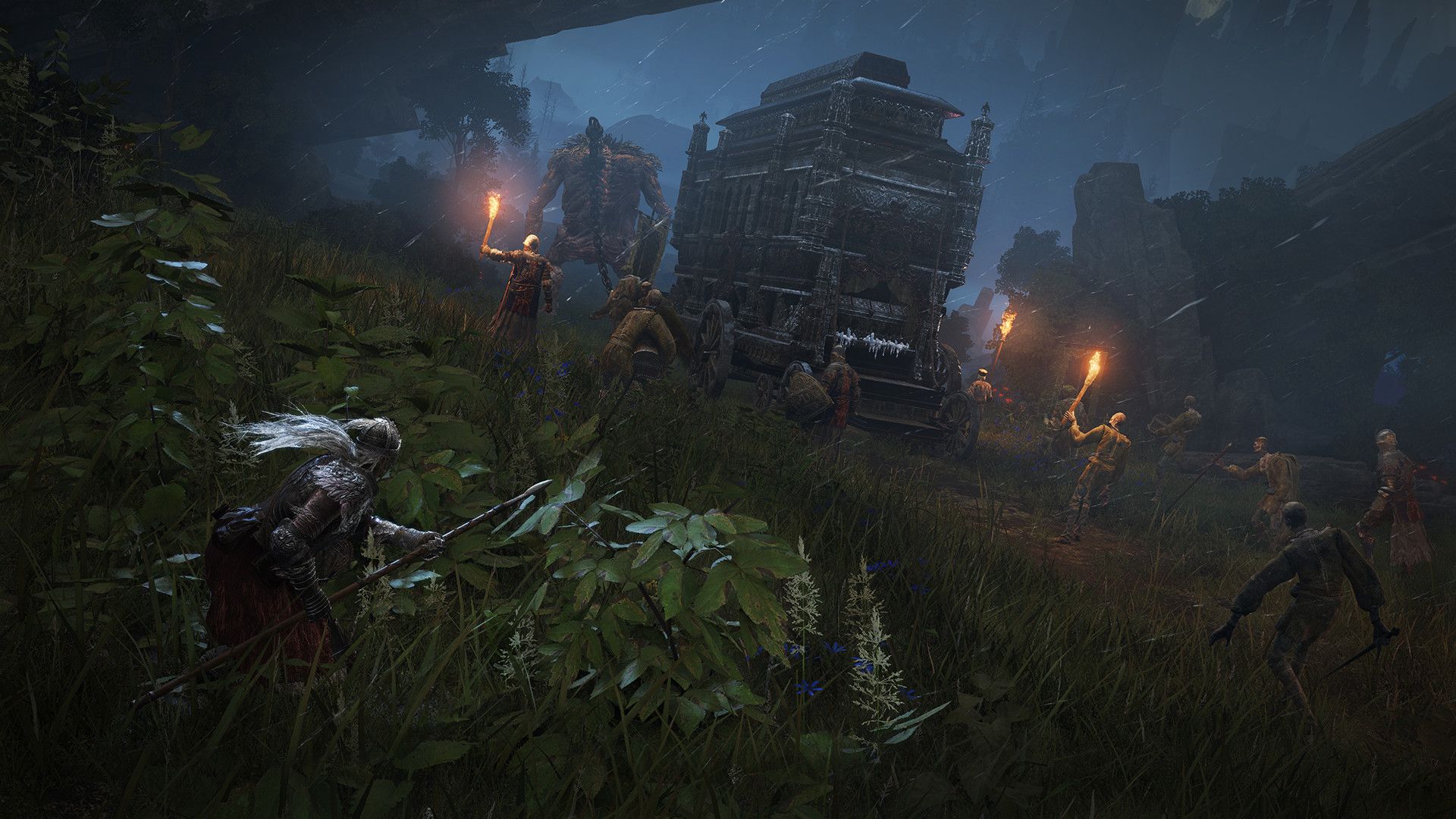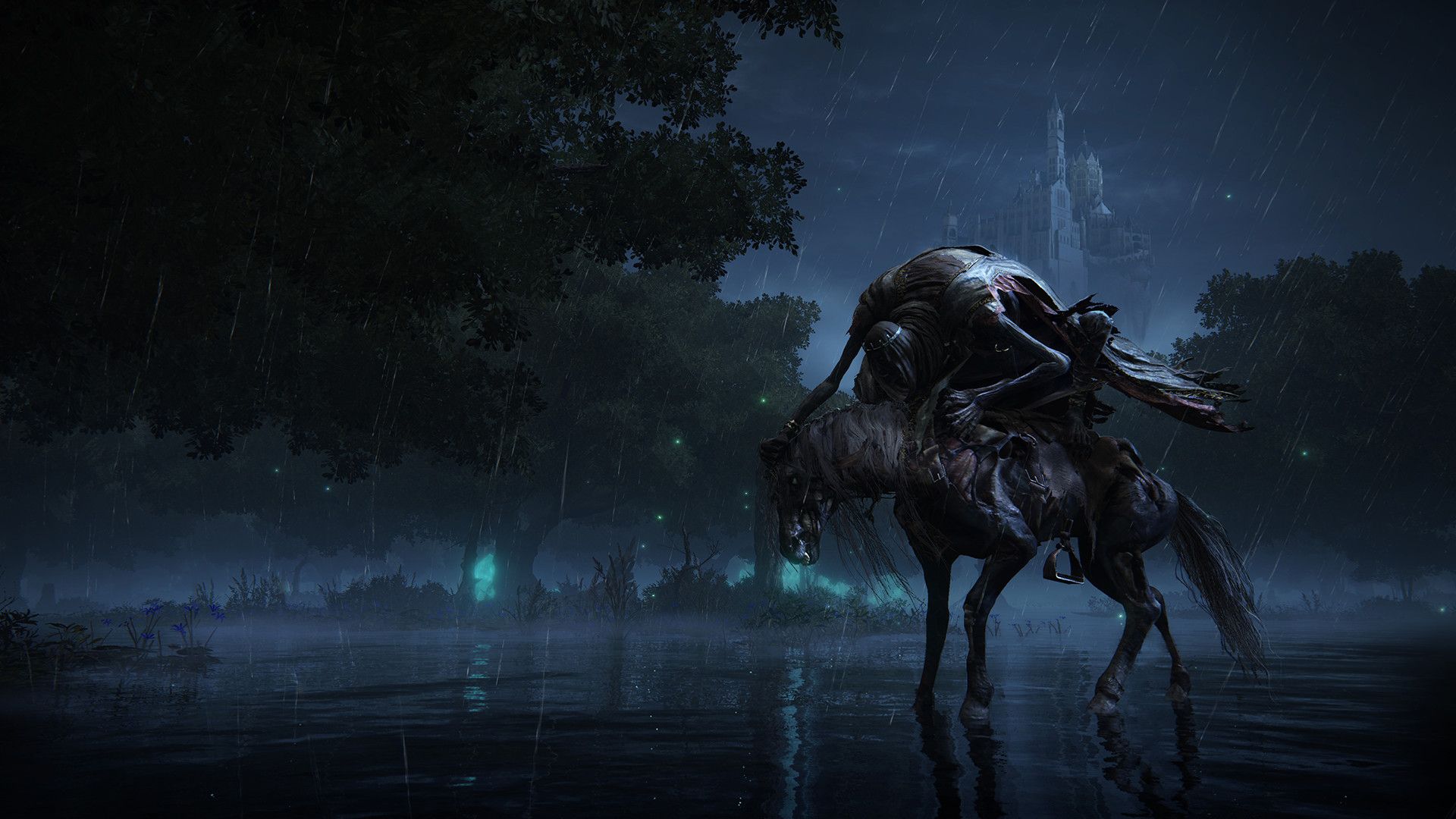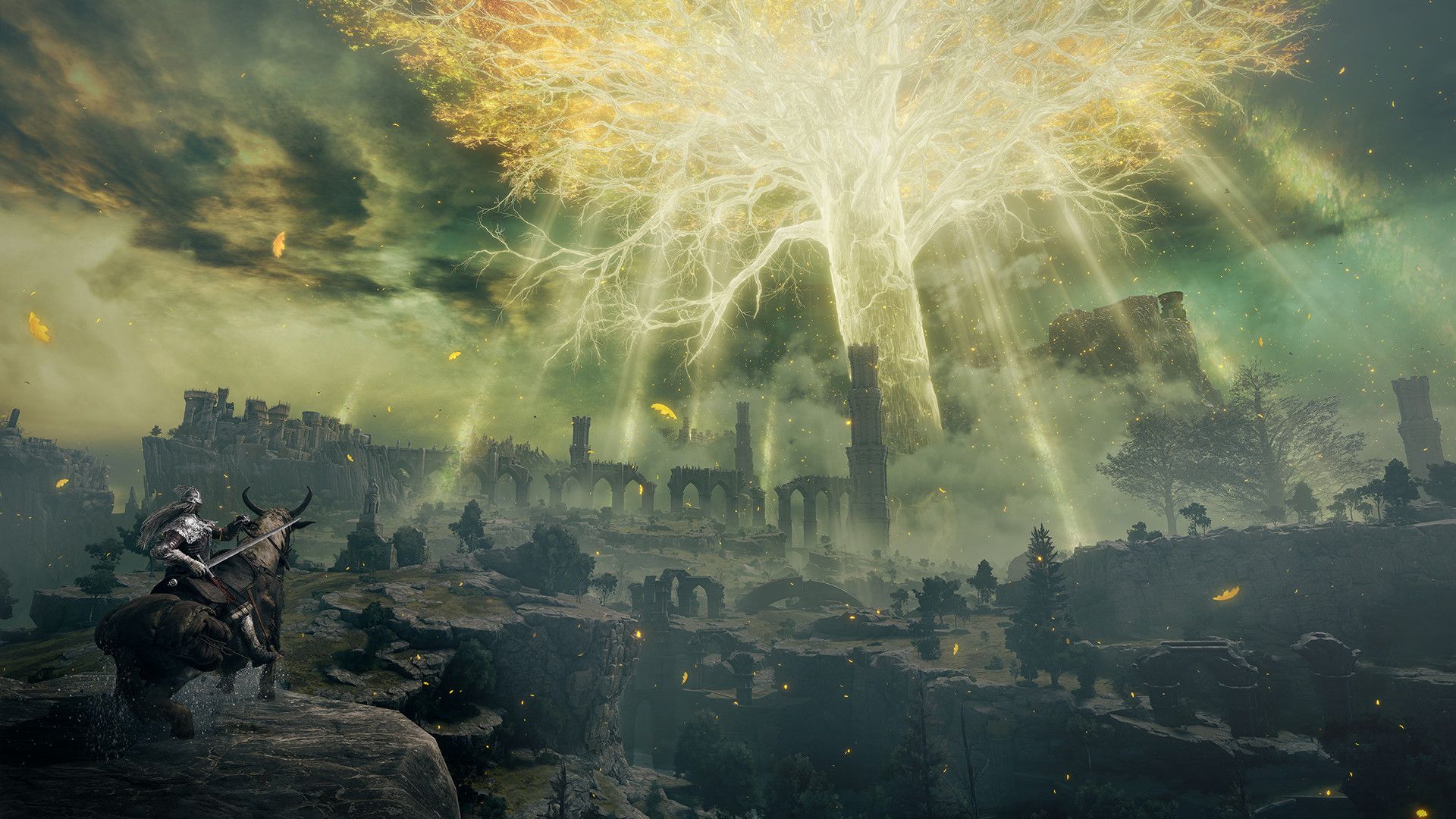In a lot of players’ minds, Elden Ring has already won Game of the Year for this year, the next, and so forth. This year has featured a lot of impactful games and there are still more to come that may dethrone Elden Ring from that spot, but as it stands, fans are still engrossed and enthralled by Elden Ring months after its release.
Now that there is some distance between it and its release, the reasons why it has made such an impact can be cross-examined. Being an open-world action-RPG, Elden Ring on paper is not the first of its genre. But in terms of what it does to elevate open-world games and how it adapts its popular Souls formula into an open-world, the bar has been set exceedingly high for any developers working on future open-world games.
Elden Ring Perfectly Adapts FromSoftware’s RPG Mechanics to an Open-World
Elden Ring answers the question, “What if Dark Souls had an open-world?” But it is also much more comprehensive than that. FromSoftware is known for its phenomenal world-building in Demon’s Souls, the Dark Souls trilogy, Bloodborne, and Sekiro: Shadows Die Twice. Building from what makes those games special for Souls fans, Elden Ring expands FromSoftware’s traditionally linear and intimate level designs into an open world that still manages to resemble those level designs. In an open-world game, the most important feature is ensuring that exploration and the content that saturates it is satisfying, particularly with the least amount of hand-holding or restriction.
Of course, the term “open-world” suggests that players may freely roam, and nonlinearity is paramount to having that experience satisfied. Certain areas or bosses are required in order to progress into other areas and biomes in Elden Ring, but players will never be stuck in one area and compelled to bash their heads against the wall trying to best an infuriating boss.
Moreover, players have an abundance of gameplay options to experience and experiment with, from different starting classes, stats, armaments, sorceries, incantations, and more. Then, replayability is encouraged even more since players can reallocate their stats by offering Larval Tears to Rennala after defeating her. Throw several dynamic endings into the mix that require players to seek out optional yet rewarding quest lines from interesting NPCs, and Elden Ring is incredibly comprehensive and a wonderful feat as an open-world game.
Elden Ring Features Crafting, Dungeons, and Other Features Desired in an Open-World Game
Removed from the context that Elden Ring is considered a Souls game, it features a lot of open-world sensibilities and mechanics that are not unfamiliar in other open-world games. Elden Ring, similar to other FromSoftware games, is notoriously egregious for having interpolative text prompts and other input or menuing concerns.
Players who have experienced any of FromSoftware’s past catalog of Souls games will be at least relatively aware of these issues, such as having an input needed to close a text prompt that states which item players had picked up. Elden Ring is no different, featuring similar prompts that appear after slotting Stonesword Keys into an Imp Statue, or when a Flask of Crimson Tears must inconveniently be used to revive Torrent in undoubtedly chaotic incidents.
Elden Ring does not have a dedicated menu where the game can be paused, unlike Sekiro: Shadows Die Twice, for instance, but players have found a creative workaround where one tab in the menu does pause the game in the background, letting players take a breather without explicitly quitting out. Quitting out to the main menu is an apt strategy as well, however, since players are spawned back in where they were left when they continue the game thereafter.
Clearly, Elden Ring is not wholly impenetrable when it comes to features or mechanics that could be critiqued or improved somehow, like any other game. But despite these concerns, Elden Ring puts forth such a remarkable open-world title that players are easily able to overlook these minor grievances, no matter how frequent they are.
Elden Ring is also the first Souls game from FromSoftware that uses a map—something required of Elden Ring due to its overwhelming scale, scope, and nonlinearity. This includes a sweeping landscape above ground, as well as an unsuspectingly large underground portion, separate island areas suspended in the air, and a plethora of dynamic dungeons scattered throughout. It is clear that Elden Ring took inspiration from other open-world games for its own, implementing a compass and beacon waypoint for navigation and other such means. But Elden Ring’s implementation of it still manages to be refreshing and unique, especially with an illustrated map that favors exploration and continues to enlarge as players find new areas.
Future Open-World Games Will Undoubtedly and Hopefully Take Inspiration from Elden Ring
To be frank, even FromSoftware is going to have a tough time exceeding the standard it has set with Elden Ring. Some fans prefer this transition that Elden Ring made as an open-world game, while others may hope that FromSoftware’s next unannounced game is a linear game like Souls titles before it.
Either way, what FromSoftware achieved with Elden Ring has already put open-world games into perspective in terms of satisfaction, scope, and engagement, and future open-world games will now be put on pedestals from which Elden Ring will either be insurmountable or dethroned. This is a tall order for any open-world game, even an RPG such as Starfield with 1000 planets to explore.
Since Elden Ring’s release, open-world games have been critiqued severely in contrast, and it has become clearer to players what features and implementations they prefer in open-world games as a result. Elden Ring’s intrinsic lack of player coddling is controversial for some, but fans have also compared its sparse storytelling and quest-marking to Ubisoft open-world games that feature an alarming amount of text on the HUD UI, and extensive quest log lists that may be a dogged chore to leaf through.
Other open worlds are far too large with a lack of content to engage in from moment to moment, while others are too saturated with content and become a nightmare for willing completionists. Open-world games for the next several years at least will be unfairly juxtaposed with Elden Ring, but there is also fair criticism and design preferences that developers will hopefully look to for inspiration when creating their own open worlds.
Elden Ring is available for PC, PS4, PS5, Xbox One, and Xbox Series X.




